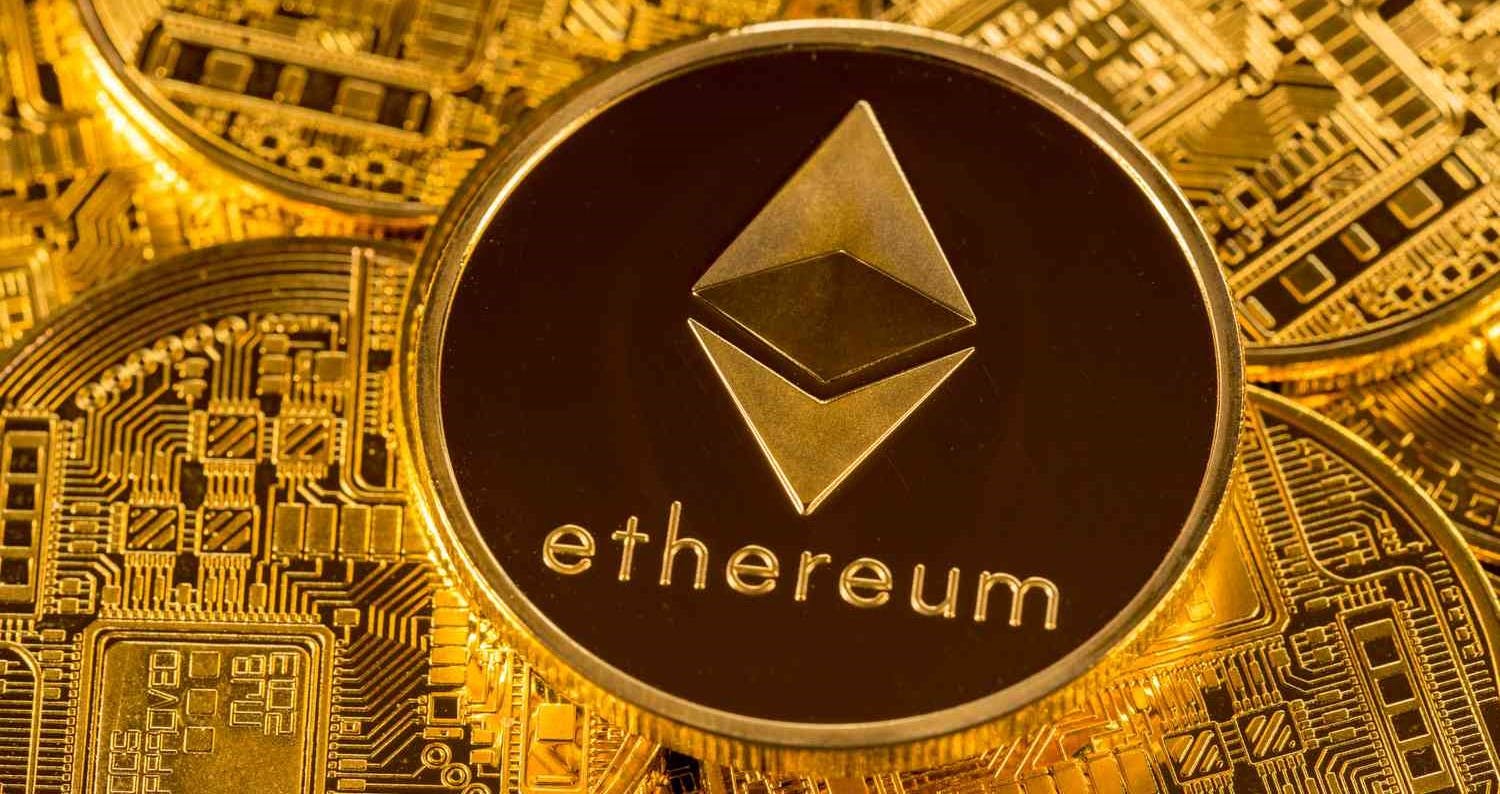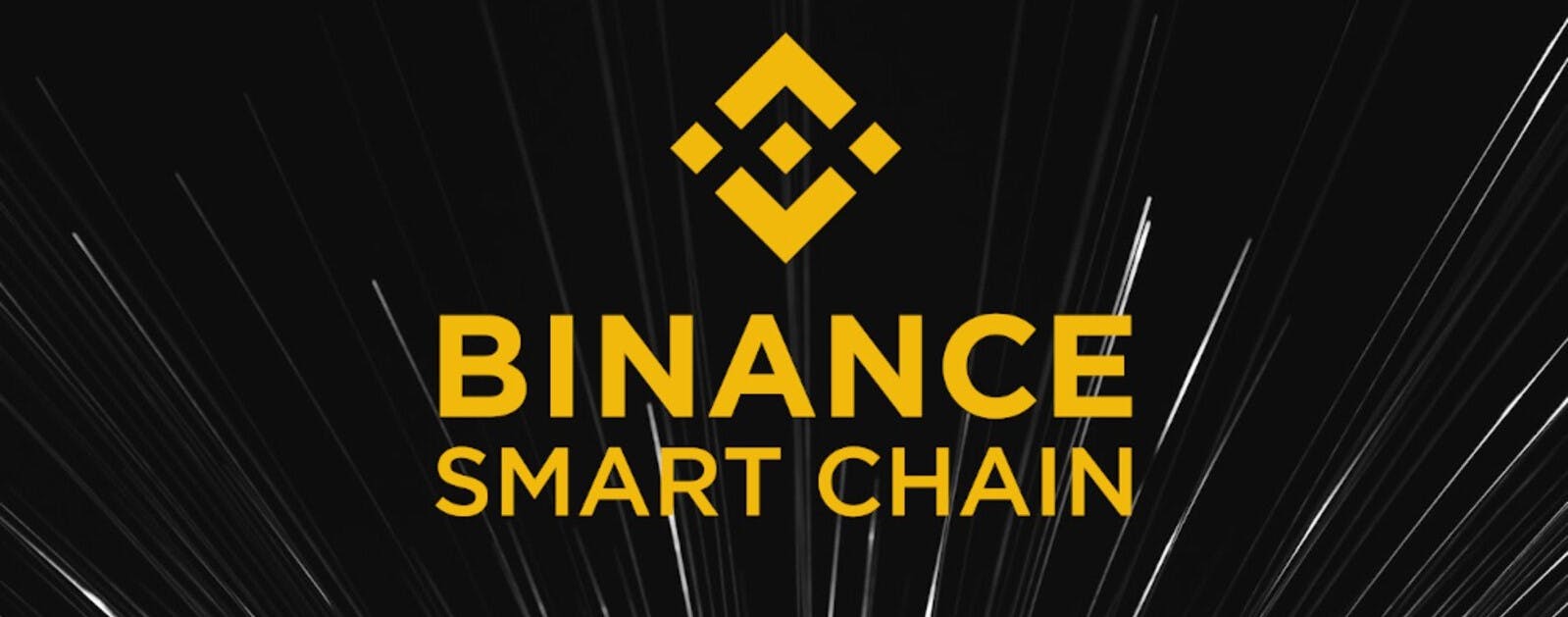With your new Web3 wallet, you now have full access to Web3 and the features it offers. It’s now time for you to explore the world of decentralized apps. Through this series, we’ve made multiple mentions of apps functioning without being controlled by a single entity. But have you wondered how?
Well, that’s the power of the Blockchain Technology! In this article, we will unravel how the Blockchain works, and the networks built on it.
What is Blockchain Technology?
Imagine a digital record book that’s constantly being updated with information that everyone on a network can access. This book isn’t owned by an organization or any central entity, but everyone has a copy of it.

This record book is essentially what the Blockchain is – distributed ledger technology that maintains a transparent list of ordered records, called blocks. Let’s break down the term for a clearer understanding.
Blocks: Information on a network is grouped into blocks. These blocks can contain details about a transaction, like who sent what amount of cryptocurrency to whom, or information on a digital asset, like when it was created and by whom.
Chain: These blocks of information are connected chronologically like a chain, to maintain an ordered record that can't be tampered with.
This unique way of structuring information is what gave rise to the term, Blockchain.
The Architecture of the Blockchain
Similar to how a building is made up of different floors, a Blockchain network relies on a layered architecture, with each layer playing a crucial role in ensuring the efficient operation of the network. These key layers include the Network Layer, the Consensus Layer, the Data Layer, and the Application Layer.
1. Network Layer:
This is the foundation of Blockchain architecture. It is a vast network of nodes (computers) spread across the world, each with a complete copy of the ledger. The network layer ensures communication between these nodes, allowing them to share information like new transactions and updates, across a Blockchain.
2. Consensus Layer:
This layer is crucial for maintaining agreement within a network. Imagine a group of people trying to decide on something important. The decision is easy for them to make because they have a list of guidelines to follow.
This is what the Consensus Layer is – a set of rules that everyone on the network agrees to follow. The “something important” in our analogy is whether a transaction is valid and can be added to the record book.
There are different consensus mechanisms used to verify a transaction. The two mostly used ones are:
Proof-of-Work (PoW): Here, participants compete in complex cryptographic puzzles, and the winner gets to add the next block to the chain and earn a reward.
Proof-of-Stake (PoS): This is a mechanism where participants validate transactions based on the amount of cryptocurrency they hold. Those holding more coins have a greater chance of being chosen to validate the next block and earn a reward.
This mechanism is often considered more energy-efficient than PoW. It also offers different participation options to users. You can choose to become a validator by holding a significant stake and running validator software, or you can delegate your holdings to a validator you trust and earn a portion of their rewards.
3. Data Layer:
It manages how data retrieved from a Blockchain network is presented to users within the user interface of a decentralized application. For example, the amount of ETH you have on the Ethereum Blockchain is accurately reflected in your Zerion wallet, due to the Data Layer’s functionality.
4. Application Layer:
This layer is the bridge between end-users and the foundational blockchain technology. It’s where developers build the applications that allow users to interact with a Blockchain network. These applications can include cryptocurrency wallets like Zerion, decentralized exchanges like Uniswap, and even web browsers like Brave. With these apps, users can execute actions like sending and receiving crypto, signing smart contracts, using DApps, etc.
Each layer plays a vital role in the secure and efficient operation of a Blockchain Network. Together, these layers enable seamless communication, ensure data integrity, and provide the infrastructure for developing innovative applications.
Types of Blockchain Networks
Since the inception of cryptocurrency, a lot of Blockchain Networks have emerged to cater to specific needs and solve different challenges. Let’s delve into some of the major networks in this space.
Bitcoin:
Being the undisputed pioneer of Blockchain Technology, Bitcoin is the most popular Blockchain Network, and it established the groundwork for countless networks that have followed. This network leverages the Proof-of-Work mechanism to enforce the security of its data. While this mechanism ensures efficiency on the network, it does result in higher energy consumption and limited processing speed, compared to newer networks. Despite these limitations, Bitcoin’s influence solidifies its position as the King.

Ethereum:
Launched in 2015, Ethereum took the concept of decentralization further by allowing developers to build applications on it, using a technology called smart contracts. This innovation secured its position as the second-largest network by market cap.

Binance Smart Chain (BSC):
This is a Blockchain Network developed by one of the leading cryptocurrency exchanges, Binance. It is known for its fast processing time and low fees.

Solana:
Once an underdog, Solana has evolved into a major player in the decentralized space. Designed for high performance, it is known for its scalability and ability to process a large number of transactions per second. This advantage has contributed to a recent surge in volume, with a lot of innovative projects emerging from it.

The list above provides just a glimpse into the constantly evolving world of blocks and chains. There are many others like Polkadot, Cardano, Aptos, etc. As the technology grows, we can expect even more networks to emerge for different purposes.
In our next article, we’ll dive deeper into how you, as a user, can interact with these blockchain networks and unlock their potential for your benefit.
